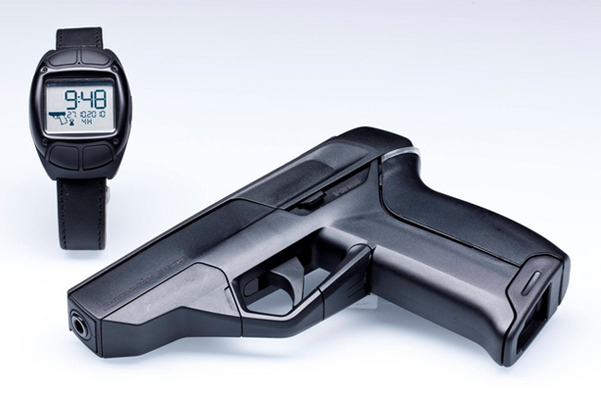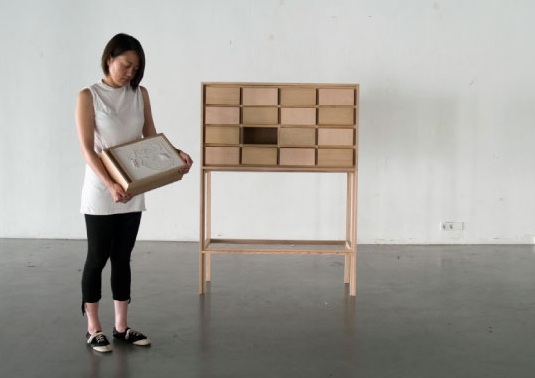
Meet the Armatix iP1. 22 LR calibre semiautomatic with a 10 round magazine. What’s not to like? How about the the RFID wristwatch that only allows the wearer to fire the gun?
Back in 2002, New Jersey passed a law mandating that all guns sold in the state had to have lockout technology built in, three years after such a gun went on sale somewhere in the United States. The gun has gone on sale &emdash; albeit very briefly &emdash; twice, once in Los Angeles, and then again in Rockville, Maryland (a place that it is strongly advised that one to not return to). Both stores stopped selling the guns after receiving death threats. Not only that, but the Republican Attorney General of New Jersey is refusing the certify that the gun was sold, and active the law.
Instead of “promoting freedom” to own the gun one chooses, the NRA is actively campaigning against the sell of a particular firearm, because the RFID locks would increase manufacturing costs. Why do they care about this? Because the NRA gets significant amounts of funding from gun manufacturers.

